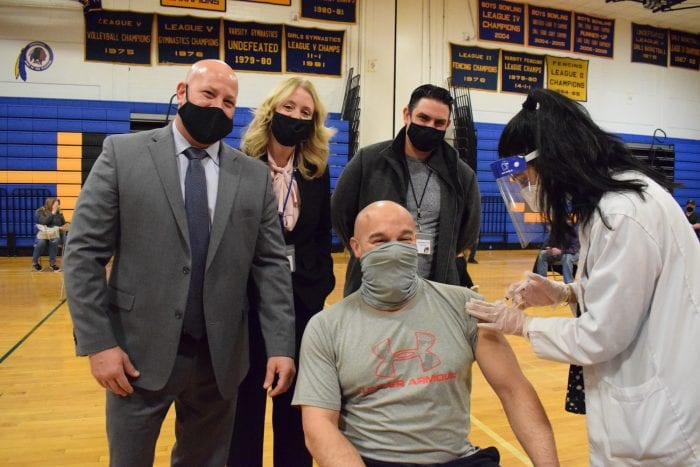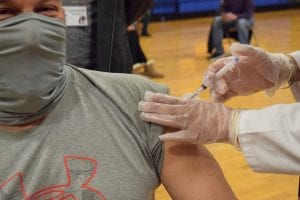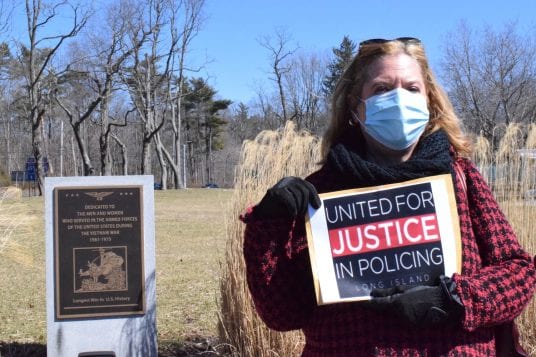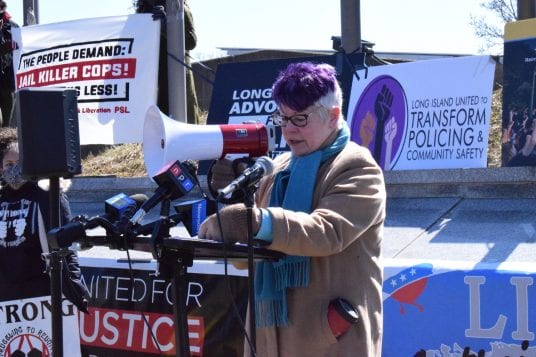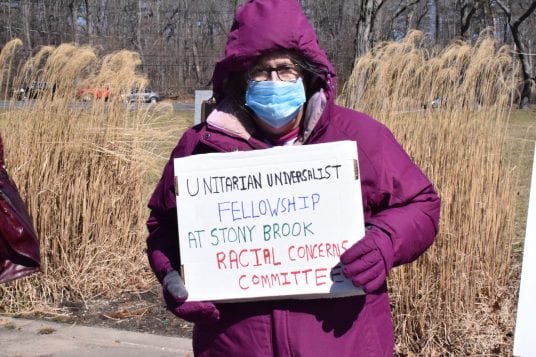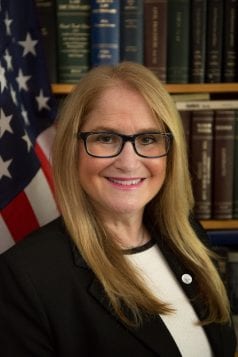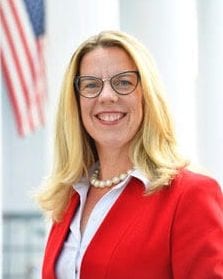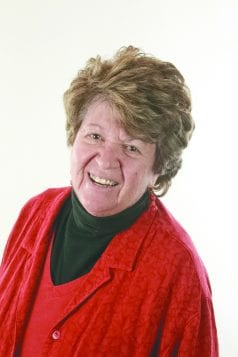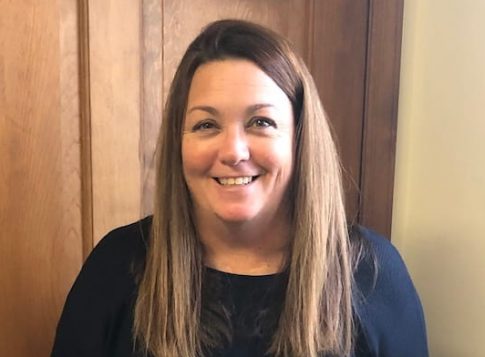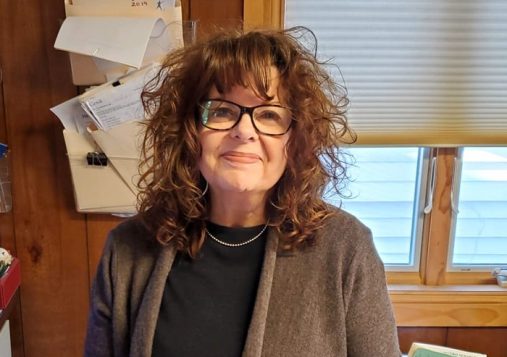By Leah Chiappino
Despite high marks from his handling of the pandemic, Gov. Andrew Cuomo (D) has recently faced seven allegations of sexual harassment.
The allegations come after a Jan. 28 report by the state attorney general, Letitia James (D), alleging the governor’s administration undercounted COVID-19 deaths in nursing homes by as much as 50 percent.
Due to these recent developments, many elected officials have called on the governor to resign, including U.S. Sens. Chuck Schumer (D-NY) and Kirsten Gillibrand (D-NY).
“Confronting and overcoming the COVID crisis requires sure and steady leadership,” they said in a joint statement March 12. “We commend the brave actions of the individuals who have come forward with serious allegations of abuse and misconduct. Due to the multiple, credible sexual harassment and misconduct allegations, it is clear that Governor Cuomo has lost the confidence of his governing partners and the people of New York. Governor Cuomo should resign.”

U.S. Rep. Lee Zeldin (R-NY1), an ardent Cuomo critic who is eyeing a run for governor next year, echoed calls for Cuomo to resign.
When news of the seventh allegation broke, Zeldin issued a statement, also March 12, which read, “Andrew Cuomo has abused the power and privilege entrusted to him by the people of New York, and his most recent remarks could not make this more clear. His continued attempts to discredit the individuals who have come forward, question their ‘motives’ and more underscore just how far he’ll go to dodge any and all responsibility. His actions are inexcusable and unforgivable, and it’s up to each and every New Yorker — legislators, the media and voters — to hold him accountable.”
The congressman also criticized Cuomo’s handling of nursing homes. “The [U.S.] Department of Justice needs to immediately open an obstruction of justice investigation into Governor Cuomo and his administration,” he said in another statement, Feb. 12. “It’s now being reported there has been a direct admission of their nursing home coverup with the intent of blocking a DOJ investigation. The families of thousands of dead New York seniors deserve accountability and justice for the true consequences of Governor Cuomo’s fatally flawed nursing home policy and the continued attempts to cover it up.”
Local state Republicans, have also called on Cuomo to resign. State Sen. Mario Mattera (R-St. James) said that if Cuomo does not resign, the State Assembly and Senate should move forward with impeachment proceedings. “While I did not come to this decision lightly, the time has come for new leadership so that all elected officials can return to doing the work our residents need without the numerous distractions that have plagued our state recently,” the March 11 statement read. “As a husband and a father, the continual unveiling of new sexual assault allegations — now sexual abuse — against Governor Cuomo are simply appalling. Equally important, his administration’s admitted altering of data and misdirection regarding our state’s nursing homes are simply unacceptable.”
State Sen. Anthony Palumbo (R-New Suffolk) agreed the governor should resign in light of the harassment allegations against him. “In the wake of numerous sexual harassment allegations and now a deeply disturbing claim of sexual assault against Governor Cuomo, I truly question his ability to lead our state through these difficult times,” he said in a statement, also March 11. “While I am a firm believer in due process and feel strongly that everyone is entitled to their day in court, these scandals undermine the governor’s ability to conduct his official duties and have irreparably damaged the public’s trust in the state’s top executive.”
The majority of local Democrats are awaiting the independent investigation called for by AG James before making a final determination.
However, state Sen. Jim Gaughran (D-Northport), released a statement in coordination with the Long Island State Senate majority, calling on Cuomo to step down until the attorney general finishes her investigation into the sexual harassment claims. “The gravity of these claims makes it clear to us that the governor cannot lead the state while faithfully responding to multiple investigations,” the March 12 statement read. “This is especially true in light of the impending state budget deadline, the need to continue guiding the state through the pandemic and the fragility of the state’s economic recovery.”

U.S. Rep. Tom Suozzi (D-NY3), said that if Cuomo cannot simultaneously comply with the investigations against him and govern the state, he should consider resigning. “The governor is entitled to due process on the many serious and disturbing allegations that have been made against him,” he said in a March 12 statement. “I have confidence that the attorney general and the NYS Assembly will conduct thorough investigations. … I believe the governor must seriously consider whether he can effectively continue to govern in the midst of these unfolding allegations. If he cannot effectively govern with all of the controversy surrounding him, he must put the interests of all New Yorkers first and he should resign.”
State Assemblyman Steve Stern (D-Dix Hills), said he supports the investigation by the state attorney general into the accusations against Cuomo. “These allegations of sexual harassment must be taken seriously, and it is imperative that a transparent and independent inquiry begin immediately,” he said. “I also support the Assembly Judiciary Committee’s simultaneous investigation to determine if any impeachable offenses were committed. The committee will have the authority to interview witnesses, subpoena documents and evaluate evidence, all of which is provided under the New York State Constitution.”
While Cuomo has repeatedly apologized for making his accusers feel uncomfortable, he has denied that he ever groped anyone and has refused to resign.
A March 15 Siena poll, as reported by Politico, indicated that a total of 57% of respondents are “satisfied with the way Cuomo has addressed the allegations” while 32% are “not satisfied.” As for the resignation issue, 50% say he should not leave office, 35% say he should and 15% are undecided.





